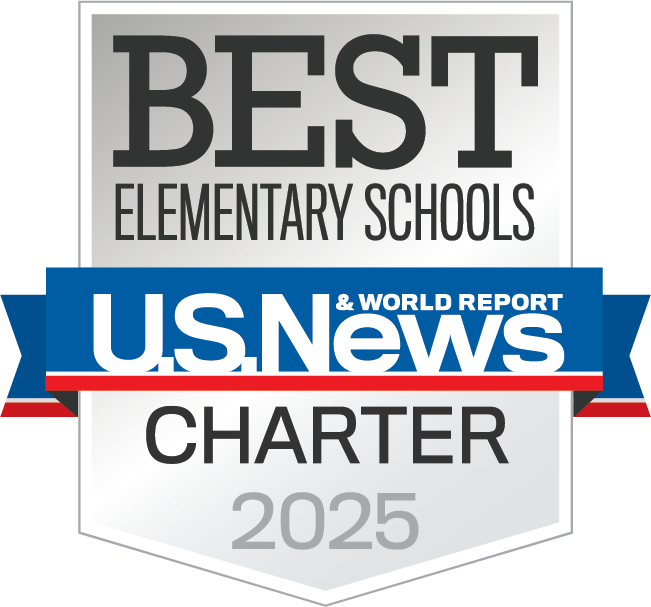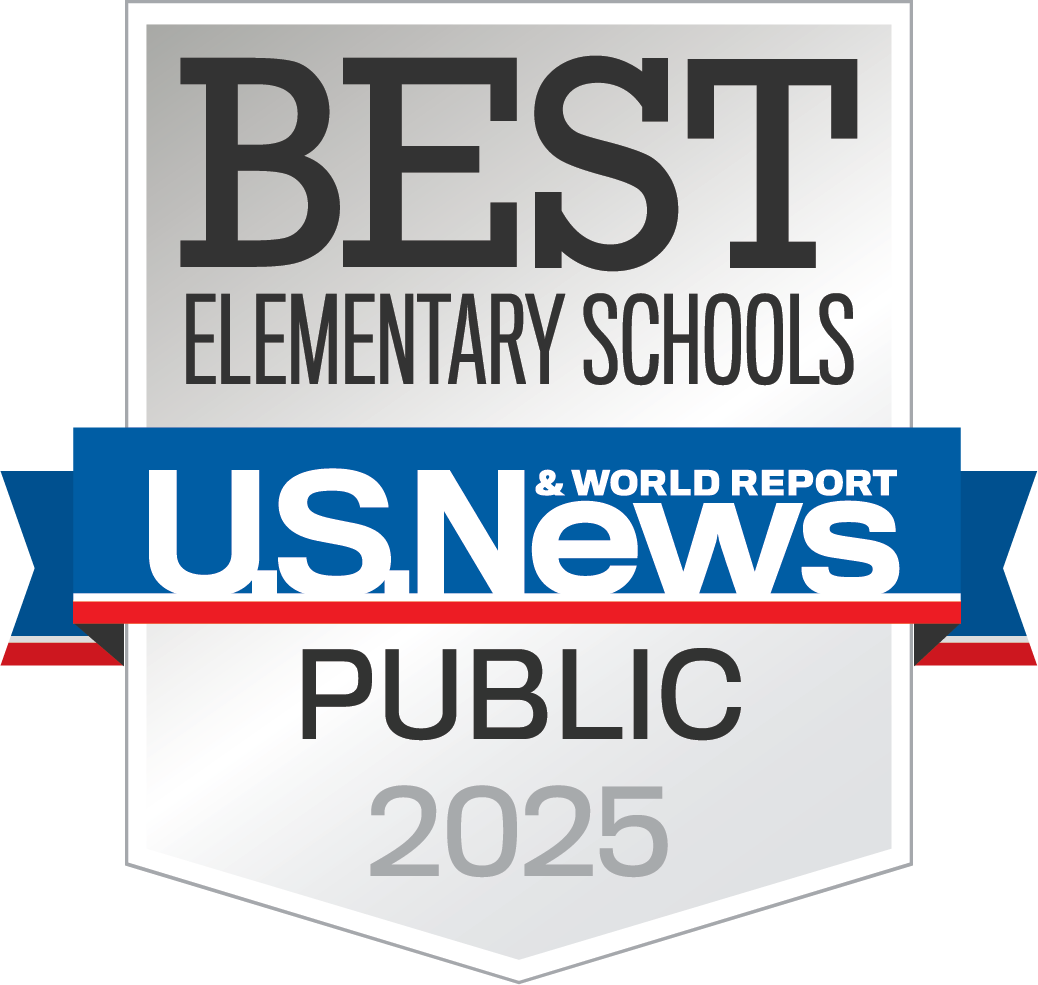Languages

The study of a second and third language is a required component of the NMIS educational program.
Learning a second language at an early age has the following benefits for children:
- Enriches and enhances a child’s mental development;
- Leaves students with more flexibility in thinking, greater sensitivity to language, and a better ear for listening;
- Improves a child’s understanding of his/her native language;
- Gives a child the ability to communicate with people she/he would otherwise not have the chance to know;
- Opens the door to other cultures and helps a child understand and appreciate people from other countries.
According to second language research, the most effective approach to learning a language is through complete immersion.
The formal study of the third language, Arabic, begins at fourth grade. By this time, students have reached sufficient command of English and Spanish skills to allow for the introduction of Arabic. The goal is for students to acquire Arabic language skills that emphasize conversation.
Language immersion is at the heart of the NMIS program.
Starting our program in kindergarten is ideal to increase the likelihood of becoming multilingual. The goal is to replicate the language learning process we all underwent as we learned our first language as toddlers.
Much language research suggests that the “ideal” time to learn a second language peaks about age 5-6, while other research says students 8-9 years of age may still succeed in an immersion program. However, all children learning a second language early in life have a much higher probability to speak that language with a native-like accent. In fact, by age 7, the ability to make certain phonemes of a language starts to diminish in our brains and continues to do so as we age. For this reason, we encourage registration in our program only in kindergarten and early first grade.
Instructional time in each language
| Grade Level | Percent of Instruction in English | Percent of Instruction in Spanish | Percent of Instruction in Arabic |
| Kindergarten and First Grades | 10-20% | 80-90% | 0 |
| Second Grade | 25-35% | 65-75% | 0 |
| Third Grade | 40-50% | 50-60% | 0 |
| Fourth and Fifth Grades | 40-50% | 50-55% | 5-10% |
| Sixth and up | 50-60% | 30-40% | 5-10% |
Samples of
Grade Level Reading Passages
Is my child a good fit for NMIS?
Below are some samples of what students entering these grades would be likely to ready.
Can your child read and trasnlate them?

Kindergarten
Este es un gatito.
Yo abro la puerta. Tú la cierras.
All kinder age students will be a good fit for NMIS.
First Grade
Las abejas son pequeñas, pero hacen un trabajo enorme.
Studies show students entering 1st Grade may have success if able to read this passage.
Second Grade
Ven y viaja alrededor del mundo para buscar amigos y conocer nuevos lugares.
Studies show students entering 2nd Grade may have success if able to read this passage.
Third Grade
Nacida en 1907, Frida Kahlo una artista mexicana, siempre fue una persona fuerte e independiente.
Studies show students entering 3rd Grade may have success if able to read this passage.
Fourth Grade
El agua subterránea representa una fracción importante de la masa de agua presente en los continentes, bajo la superficie de la tierra, tanto en el suelo como en el subsuelo.
Studies show students entering 4th Grade may have success if able to read this passage.
Fifth Grade
Arrecifes antiguos enterrados dentro de secciones estratigráficas son de gran interés para los geólogos porque proporcionan información paleo-ambiental sobre la ubicación del lugar en la historia de la tierra.
Language immersion can improve your child’s chance to be admitted to an IB high school.
Sixth Grade
Reading Sample coming soon!
Language immersion can improve your child’s chance to be admitted to an IB high school.
Seventh Grade
El agua subterránea representa una fracción importante de la masa de agua presente en los continentes, bajo la superficie de la tierra, tanto en el suelo como en el subsuelo.
Language immersion can improve your child’s chance to be admitted to an IB high school.
Eighth Grade
Reading sample coming soon!
Language immersion can improve your child’s chance to be admitted to an IB high school.


